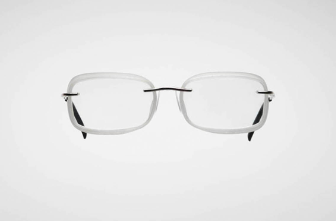Millions of people in the United States alone spend much of their day using personal computers. The time spent at the computer may extend up to eight hours or, depending upon the user’s professional demands, much longer in a single, continuous stretch of time. The eye-related complaints experienced by computer users typically include blurred vision, eye strain, eye fatigue, burning sensations, irritation, redness, blurred vision, and dry eyes, among others. CVS not only causes pain and discomfort to the individual, but also reduces overall efficiency by reducing the time that a person can effectively work and concentrate while using a computer. This disorder is a drain on productivity and increases medical expenses associated with treating ocular complaints. By conservative estimates, $2 Billion annually is spent on examinations and special eyewear to combat CVS. It has become such a cause for concern that in 1999, the Occupational Safety and Health Administration (OSHA) made a public request via the Federal Register for more information on computer vision syndrome:
Computer Vision Syndrome (CVS), defined as a complex of eye and vision problems that are experienced during and related to computer use, is a repetitive strain disorder that appears to be growing rapidly, with some studies estimating that 90 percent of the 70 million U.S. workers using computers for more than 3 hours per day experience it in some form. What work practices or controls can employers use to prevent or reduce the occurrence of CVS? Are studies of the effectiveness of these approaches available?
Our current research focuses on clinically defining the causes of CVS, and the effectiveness of the patented micro-environment technology we have developed in reducing the associated eye-related symptoms.

 SeeFit Megs $149.00
SeeFit Megs $149.00